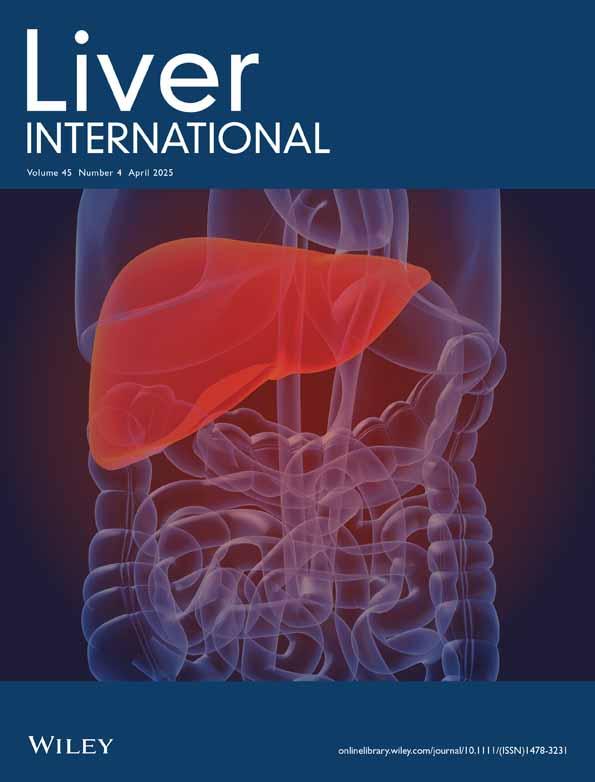Evaluating the Macroeconomic Burden of Hepatitis B and the Gains From Timely Coverage Investments in China
Funding: This work was supported by Royal Society Sino-British Fellowship Trust International Exchanges Award (IES\R3\213 044), National Natural Science Foundation of China (72074142).
Ying Chen contributed equally to this work.
Handling Editor: Francesco Negro
ABSTRACT
Background
Hepatitis B (HBV) continues to pose a significant public health challenge in China. This study aimed to assess the macroeconomic burden of HBV and its impact on gross domestic product (GDP) in China and estimate the potential benefits of early and enhanced interventions between 2023 and 2050.
Methods
A compartmental model was employed to simulate HBV transmission, progression, and patient care. The model was structured by age and sex to calculate the costs and benefits associated with achieving World Health Organisation (WHO) coverage targets by 2030, 2040, and 2050. The macroeconomic burden was estimated using a health-augment model, based on a counterfactual scenario. All costs were reported in 2023 US dollars.
Results
The estimated macroeconomic burden of HBV in China from 2023 to 2050 is projected to reach $2.52 trillion, representing 0.33% of the country's total GDP. Achieving the WHO HBV diagnosis and treatment coverage targets by 2030 could, over the same period, reduce cumulative CHB incidence by 0.27(95% UI 0.24–0.30) million, prevent 1.08(95% UI 0.91–1.24) million HCC cases, avert 2.98(95% UI 2.83–3.14) million HBV-related deaths, and contribute an additional $0.85 trillion (95% UI $0.78–$0.93 trillion) to GDP by 2050.
Conclusions
These findings underscore the importance of early and increased interventions in the diagnosis and treatment of HBV to mitigate the long-term impact of CHB, HCC, and HBV-related deaths. Achieving WHO coverage targets not only optimises disease burden but also promotes economic growth.
Conflicts of Interest
The authors declare no conflicts of interest.
Open Research
Data Availability Statement
The data that support the findings of this study are openly available in Macroeconomic-Impact-of-Hepatitis-B at https://github.com/baoyun2009/Macroeconomic-Impact-of-Hepatitis-B.




